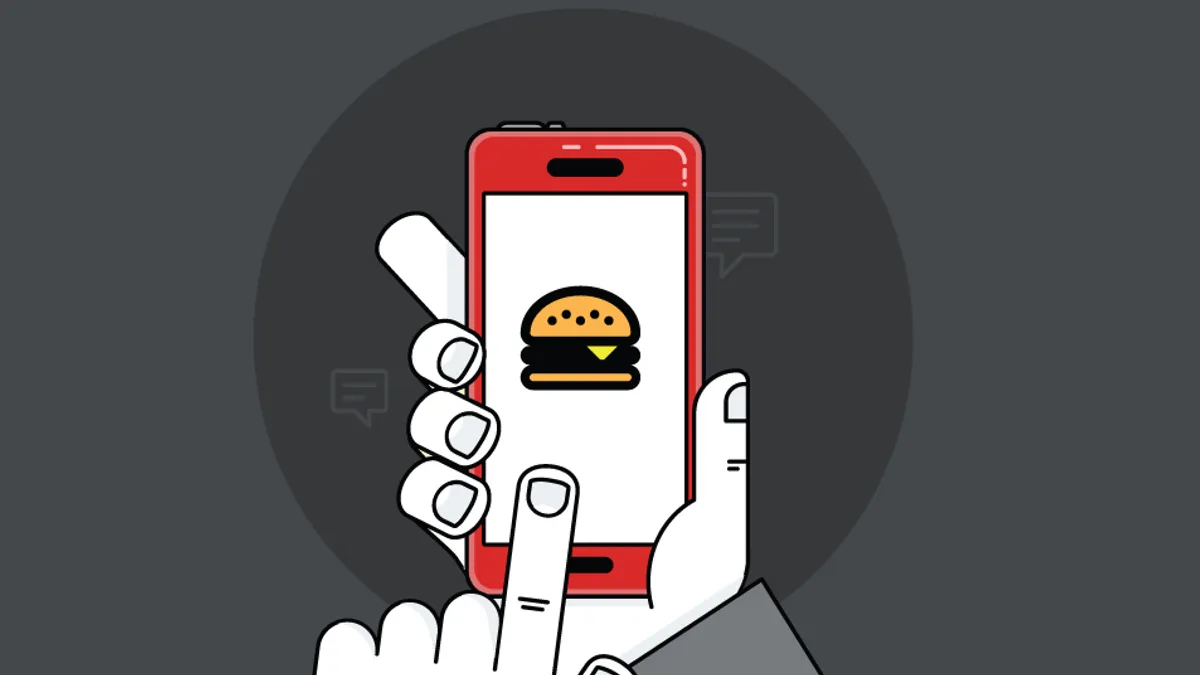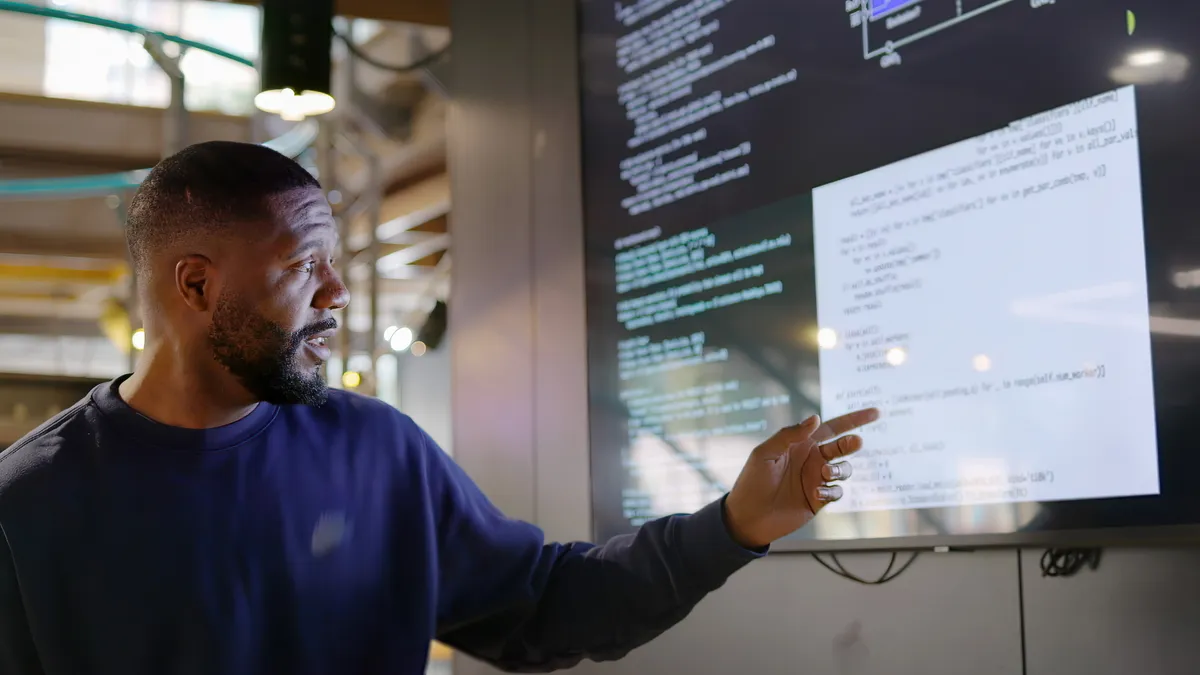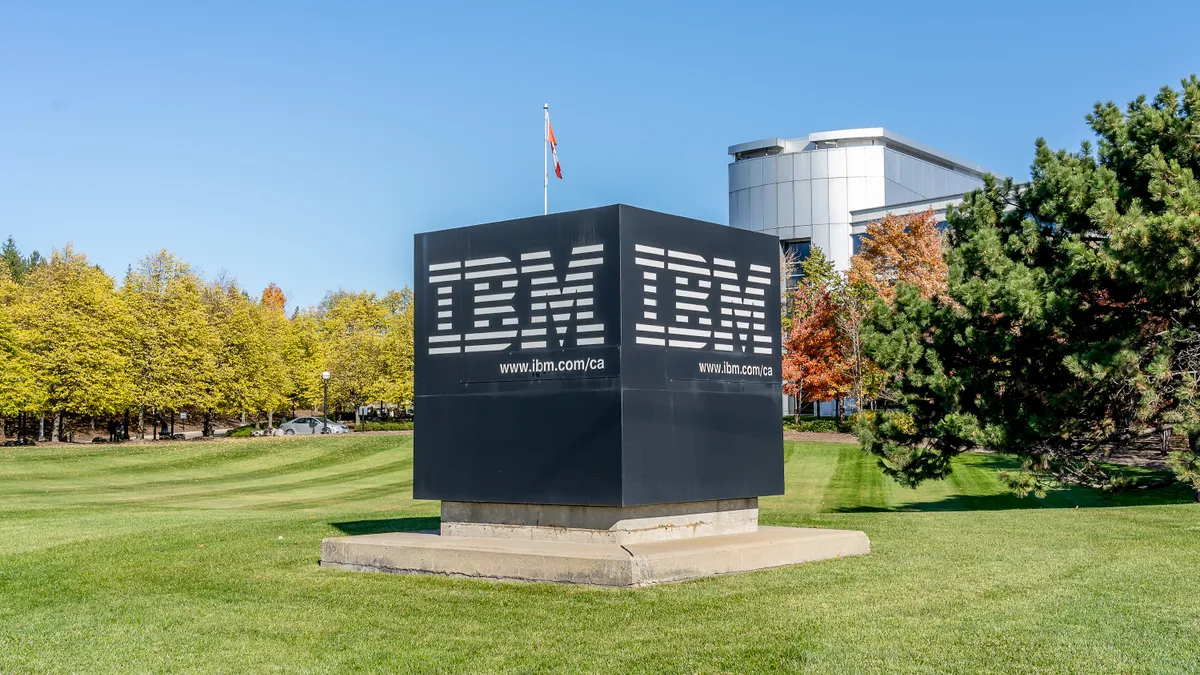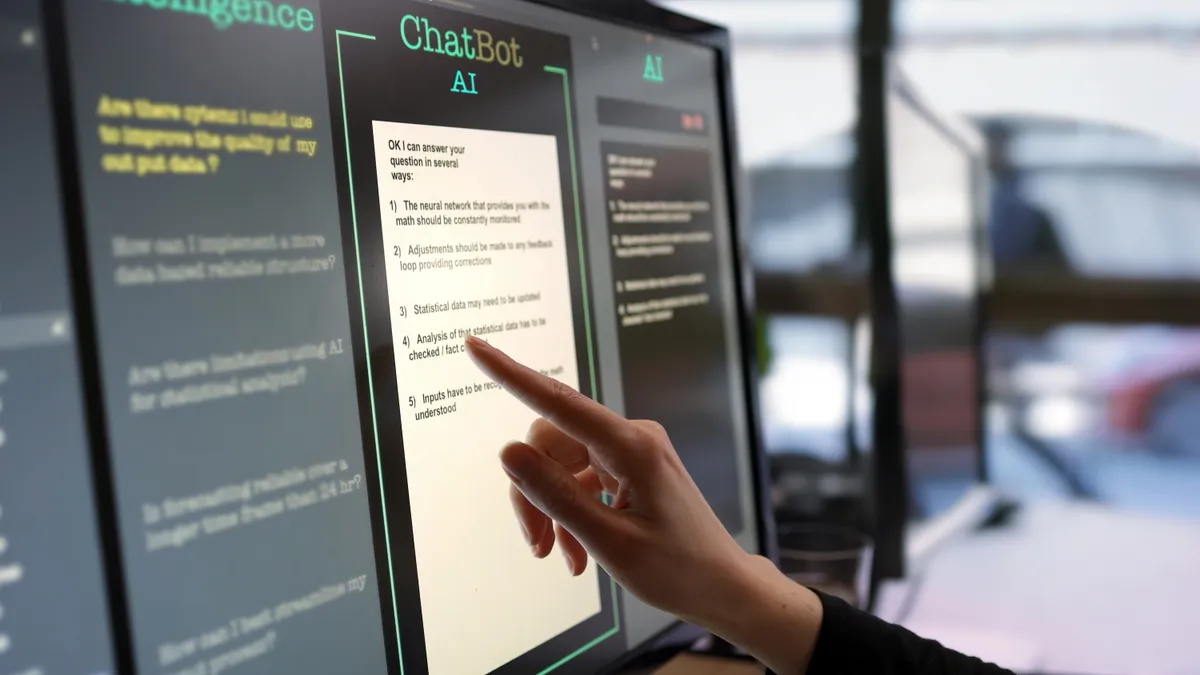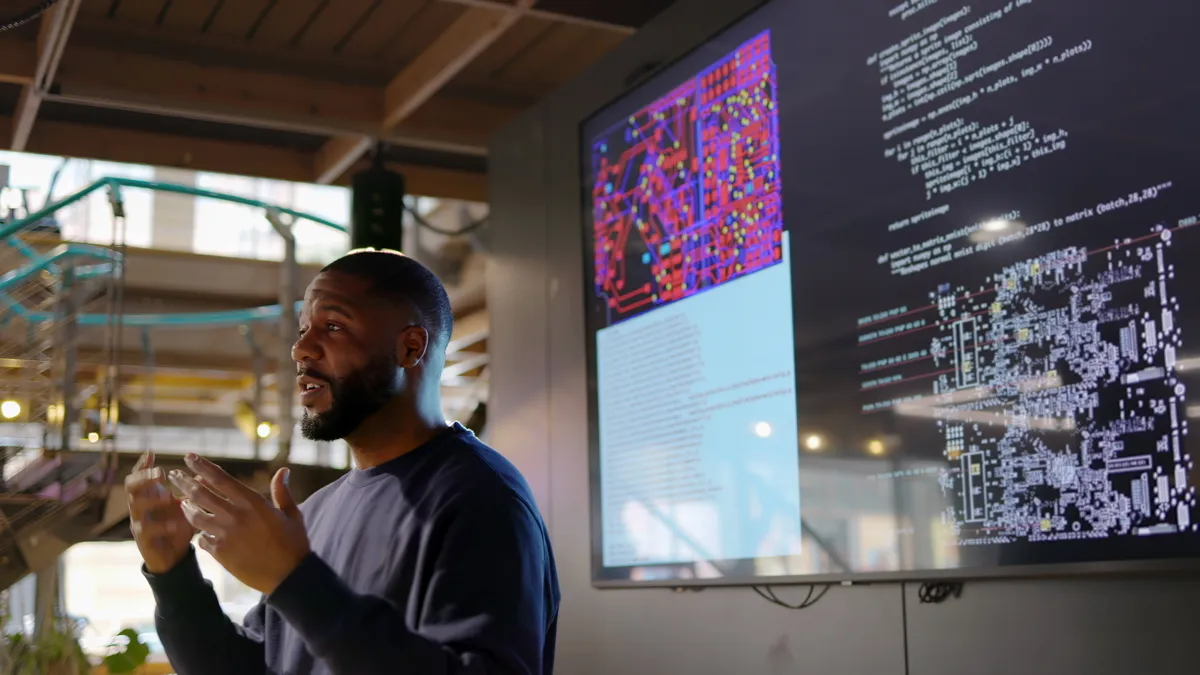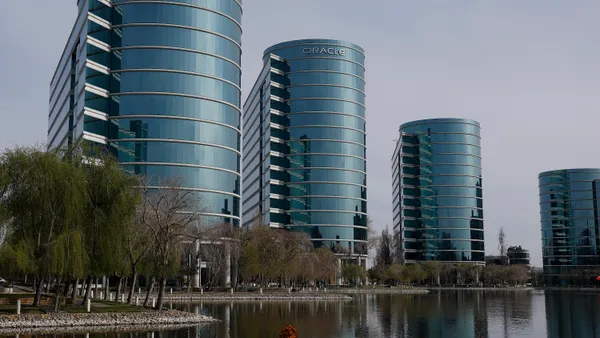This concludes our two-part series exploring the digitization of the fast-food experience. The first installment looks at how the fast food industry has turned to technology, particularly mobile technology, to help thwart market stagnation.
In 1954, what really struck Ray Kroc when he walked into the San Bernardino restaurant of brothers Dick and Mac McDonald, was how efficiently they ran their eatery. Small menu, fast service. It's what inspired Kroc to start the McDonald's empire and it helped hook legions of American eaters on what came to be known as fast food.
But it's unlikely Kroc could have guessed that more than 60 years later, fast food proprietors would be looking to smartphones as a means of redefining simple, fast, efficient service.
(Of course, he probably would have loved smartphones for their power and efficiency — just as he loved the Multimixer, the machine that could mix five milkshakes at once.)
At a time when it is increasingly difficult to convince consumers to devote smartphone real estate to apps, quick-service restaurants are investing in them. "This is huge topic in the quick-service retail space," said Pete Blair, vice president of marketing for Applause, a software testing firm that works with brands to hone digital experiences for consumers.
Consumers like apps that let them order on the go and skip the queue once they arrive, but for restaurants, the attraction is even stronger. Apps open a new portal for these businesses, a way for them to reach customers more directly — even providing a way to reach them at the best possible moments.
Plus, the mountains of customer data these apps collect can be harvested for consumer behavior and preference insights never before available.
Visibility, reach and analytics
Dunkin Donuts has garnered attention for using push notifications to segment app users based on location — New Yorkers have received offers for $1 coffee following a Jets win, for example — and to entice app users who are not yet enrolled in its reward program to do so.
More recently, Dunkin Donuts has partnered with crowd-source navigation provider Waze to make it easier for members of the donut purveyor's loyalty program, DD Perks Rewards, to both pre-order coffee or food and find a Dunkin Donuts location that is convenient and fast.
By collecting large longitudinal data sets from mobile apps, restaurants can look for trends in customer behavior that it can then decide to capitalize or — in cases where it is a negative trend — fix.

The users open Waze and the closest DD locations pop up on the map, orders, applies rewards points if available, and pay. This can be done up to 24 hours in advance, and then when patrons are close, all they have do to is re-open the app and select "on my way."
But that's really just one way restaurants can leverage mobile apps for business value.
By collecting large longitudinal data sets from mobile apps, restaurants can look for trends in customer behavior that it can then decide to capitalize or — in cases where it is a negative trend — fix, according to Carl Krawitt, Director of BI/Analytics, Enterprise Information Management Consulting Practice at Tata Consultancy Services.
Longitudinal data can also help restaurants understand the reasons for churn in an app, Krawitt said. Perhaps there is a food or drink option not yet on the app menu and that is causing consumers to consistently cancel their order in the app, then come in and purchase.
Restaurants can use that insight not only to right that wrong by adding the items to the app menu, but by also intervening when they know customers are looking for something, based on, say, a question posed to the app's chatbot, that they can't order via the app.
"When you see an activity that is going to make someone churn, you can intervene and say hey, get X% off for order, or come in and get a free cookie," said Krawitt. "It's no different than what call centers do with CRM platforms that use prescriptive analytics. If someone has a problem — say, their car is transmitting an engine alert — the call center can call the customer before the customer even calls them" and then offer some appeasement.
Mobile app data will also reveal the effectiveness of certain promotions, or how effectively customers are being converted to loyalty club members through enticements. The data reveals "all the triggers that got a person to do something," Krawitt said.
"When you see an activity that is going to make someone churn, you can intervene and say hey, get X% off for order, or come in and get a free cookie."

Carl Krawitt
Director of BI/Analytics, Enterprise Information Management Consulting Practice at Tata Consultancy Services.
Administering loyalty programs and coupons through mobile apps has benefited restaurants in some surprising ways, as well, according to Krawitt. For one, using paper coupons, unscrupulous employees can fraud a business by using them to ring up customer orders, pocketing the discount for themselves. That's no longer possible if customers use coupons in their phones.
Plus, customers tend to spend more when they order with the app rather than in person.
Big Mac, hold the Big Brother
Mobile data gives restaurants unprecedented access to customer behavior, and they can use that access to build apps that are far more dynamic and intuitive than they used to be, said Erik Thoresen, principal at Technomic, a restaurant research firm. By integrating the consumer's location and time of day into mobile transactions, for example, an app can do more than take the place of an employee inside the store.
"Are you downtown? You're probably ordering for yourself. If you're ordering from somewhere in the burbs, you're more likely ordering [for] your family," he said. Factoring in those variables, along with the user's purchase history, the app might suggest a complete order in one swoop, speeding the user along to check-out.
Apps can also use push notifications to customize communications, but Blair said restaurants need to be careful how they use that capability, lest customers start to get freaked out.
If you always stop into the same shop, but then you miss three days in a row, the app could send a push message saying, effectively, "hey what's going on?"
"If you offer the customer something they appreciate, that's good," said Blair. "But if they don’t appreciate it, that's a different issue. You can see how things could go sideways — a little Big Brother-ish."


